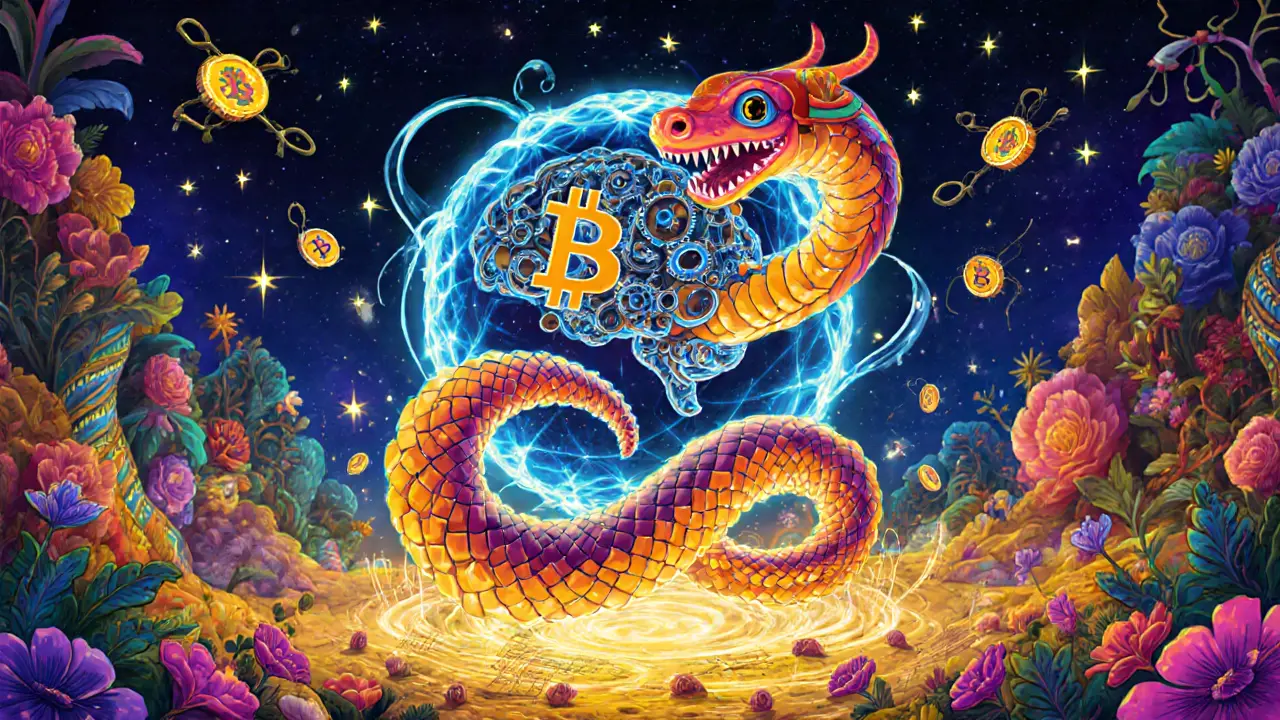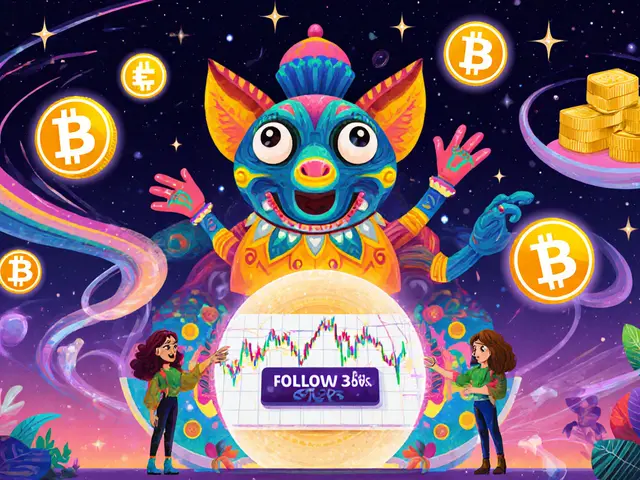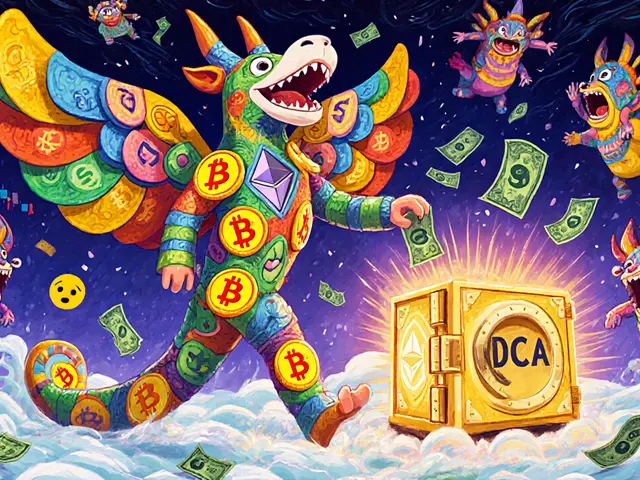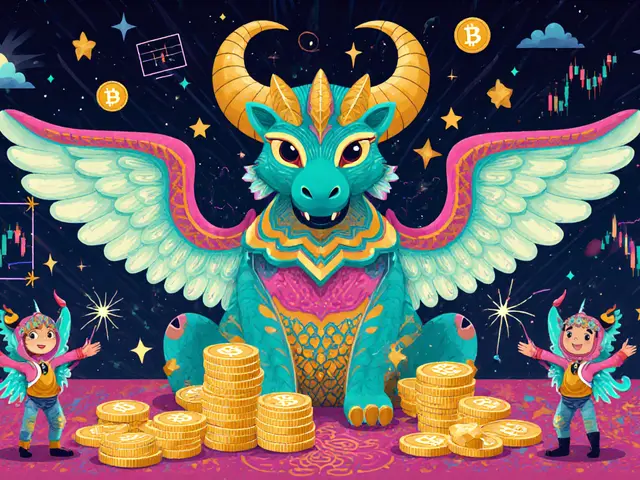AI and Blockchain: How Smart Contracts, Digital Identity, and Decentralized AI Are Changing the Future
When you hear AI and blockchain, the combination of artificial intelligence systems running on decentralized, tamper-proof ledgers. Also known as decentralized AI, it's not science fiction—it’s already powering real tools like verifiable digital identities, automated governance, and self-updating smart contracts. Think of it like giving AI a trustworthy memory that no one can delete or cheat.
One of the clearest uses of this combo is in digital identity, a secure, user-owned record of who you are online, stored on a blockchain and verified by AI-driven checks. Projects like POAPs turn event attendance into unforgeable digital badges—no middleman, no fake claims. That same logic applies to voting: blockchain voting, a system where each vote is recorded on a public ledger and verified by AI to prevent fraud without revealing personal choices. It’s not about replacing humans—it’s about removing the chance for corruption.
On the other side, AI helps blockchain become smarter. Instead of humans manually checking every transaction, AI can spot patterns—like suspicious wallet behavior or fake airdrop claims—before they cause damage. That’s why tools like crypto mixers and exchange reviews now often include AI-driven risk scoring. Even something as simple as tracking a token’s activity, like FLY or BSL, becomes easier when AI flags sudden drops in volume or vanished teams.
But here’s the catch: most of what’s called "AI and blockchain" today is just buzzwords. Real projects are rare. You’ll find plenty of tokens claiming to be "AI-powered," but few actually use machine learning. The ones that do—like systems that verify attendance with facial recognition on-chain, or AI that auto-adjusts voting weights based on past participation—are the ones worth paying attention to. They’re not flashy. They don’t promise moonshots. They just work.
That’s what you’ll find in this collection: real examples, not hype. You’ll read about how POAPs create permanent digital records, how blockchain voting keeps elections honest, and why some tokens like FLY and WEVE are dead ends. You’ll see how regulations like MiCA and AUSTRAC are forcing real accountability—and how AI is helping compliance teams spot fraud faster. You’ll also find warnings about scams that pretend to use AI to sell worthless tokens, and guides on how to tell the difference.
This isn’t about future potential. It’s about what’s already happening—what works, what fails, and what you need to know before you invest time, money, or trust into anything labeled "AI and blockchain."










